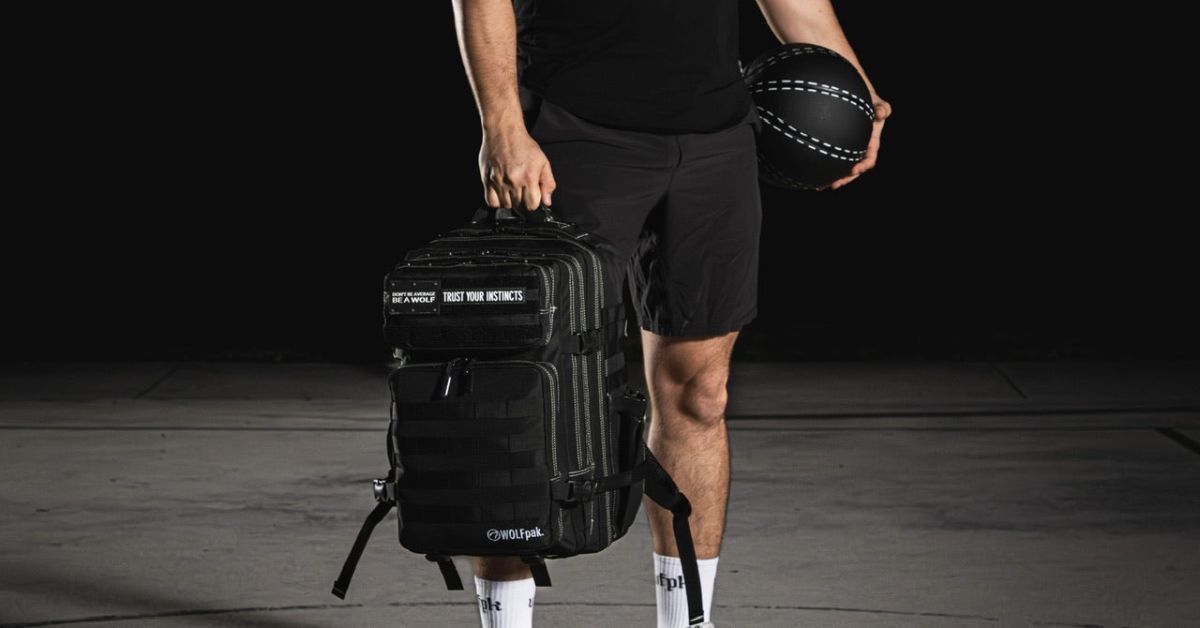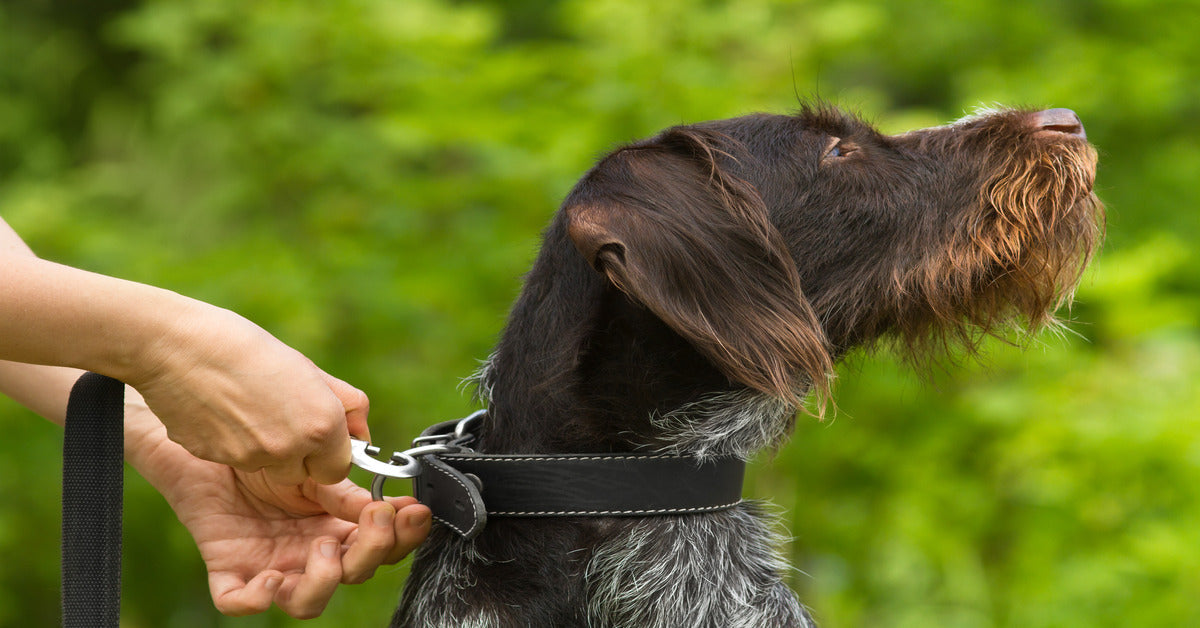Dog collars manage behavior, support training, and ensure a dog’s safety during everyday outings or adventures. A well-chosen collar acts as a reliable tool, promoting control and communication between dog and handler. However, misuse or poor fit can result in injury, discomfort, or even accidents. Prioritizing safety with the right approach helps dogs thrive in every environment.
The following four safety tips to remember when using a dog collar provide clear, practical guidance to keep your canine companion protected, secure, and comfortable during all activities.
Choose the Right Collar for Your Dog
Selecting the appropriate collar starts with understanding your dog’s size, breed, and activity level. Active or working dogs require gear built for durability; choose options designed to handle intense use without sacrificing comfort. Smaller or more sensitive breeds benefit from lightweight, breathable materials. A collar should never restrict movement or irritate the skin. Matching the collar to your dog’s lifestyle ensures better control and reduces the risk of harm or discomfort during walks, hikes, or training sessions.
Always Check the Fit
You must properly adjust your dog’s collar to ensure it functions safely. If your dog’s collar is too tight, it may damage their skin or airway; if it is too loose, it may slip off, leaving your dog vulnerable. Aim for a secure fit that still allows two fingers to slide comfortably between the collar and your dog’s neck. Regularly reassess the fit, especially if your dog gains or loses weight, ages, or grows a thicker coat. Routine checks prevent issues and maintain safety during everyday use and high-activity outings.
Avoid Leaving Collars On at Home
Although collars are important for outdoor use, leaving them on indoors can introduce hazards. Dogs can catch their collars on crates, furniture, or other objects, increasing the risk of injury or strangulation. Remove the collar when supervision isn’t possible, or opt for breakaway designs that release under pressure for their safety. This small adjustment significantly lowers the chances of preventable accidents and keeps your dog safe and stress-free at home.
Use Correct Leashing Techniques
Proper leash handling complements the collar’s function. Ensure you securely attach and untangle the leash before heading out. Use calm, steady movements to reduce sudden pressure on your dog’s neck. Combining a collar with a supportive harness provides dogs that pull or display high energy added control and minimizes strain. Safe leashing practices encourage enjoyable walks and support positive training experiences.
Upgrade Your Dog’s Gear With Confidence
Pet owners protect their dogs from common injuries while enhancing comfort and control by following these four safety tips to remember when using a dog collar. A collar is more than an accessory—it’s a safety device when selected and used with care.
Protect your dog with equipment designed for adventure. WOLFpak offers expertly crafted collars and tactical dog gear that prioritizes safety, performance, and style. Visit WOLFpak today and discover premium solutions that help your dog stay secure, comfortable, and ready for adventure.
Read more

Get four meal-prepping methods for athletes that offer optimal nutrition, portion control, and convenience while adding precision and variety to your meals.

Gear up with the ultimate guide to car camping. Learn helpful tips and the essential camping gear to pack to ensure a smooth and enjoyable outdoor adventure.













Leave a comment
This site is protected by hCaptcha and the hCaptcha Privacy Policy and Terms of Service apply.